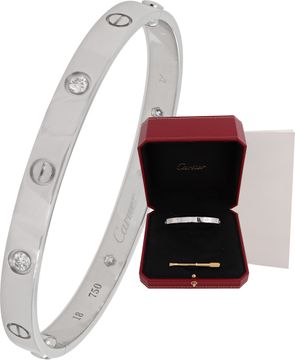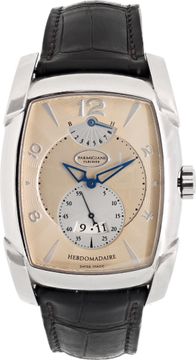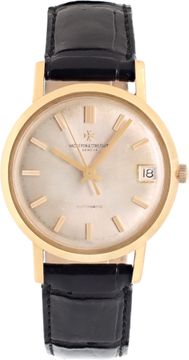What is the Zenith Defy El Primero 21 Chronograph?

This year marks the 50th anniversary of one of the watch world’s most important innovations – the Zenith El Primero chronograph movement. As such, we take a brief look at the history of the El Primero and highlight a new generation interpretation of the landmark chronograph. Meet the Zenith Defy El Primero 21 chronograph.
History of the El Primero Chronograph Movement
There is an ongoing debate on who exactly was the first to launch an automatic chronograph. Some say it was Zenith, who publically announced the development of an automatic chronograph movement in January 1969 but the company did not release watches to the international market until October that year. Others point to the fact that Seiko released a market-ready automatic chronograph collection in May 1969 but it was only available in Japan. And yet others contend that it was the group (Heuer, Breitling, Buren, and Dubois-Depraz) behind the Caliber 11 who were technically the first as they announced their project in March 1969 at the Basel Fair and released models globally as early as August that same year.

Regardless on who can claim the “first automatic chronograph” crown, Zenith named its movement “El Primero” (“first” in Spanish) to emphasize its leading position. And whether it was first, second, or third in the race to give the world an automatic chronograph, the Zenith El Primero movement was without a doubt, the most technically superior. The high-beat El Primero operated at a frequency of 36,000 beats per hour (5 Hz), compared to the standard 21,600bph or less found in watches of the era. This higher frequency permitted the chronograph to measure elapsed intervals to the nearest 1/10 of a second. It boasted a higher-than-average 48-hour power reserve, utilized an innovated lubricant for better precision, and measured a mere 6.5 mm in thickness.
Over the years, the El Primero chronograph caliber became synonymous with Zenith, oftentimes becoming an even more popular name than the watch brand that created it. Even Rolex used a modified El Primero movement for its Daytona collection from 1988 until 2000.
History of the Zenith Defy Collection
The name “Defy” is also one that has long been intertwined with the history of Zenith. While the brand name Zenith did not become official until 1911, the company’s founder, Georges Favre-Jacot, established his watch manufacture in Le Locle, Switzerland in 1865. In 1903, Georges Favre-Jacot & Co made a pocket watch caliber etched with the word “Defi,” which is the French word for “challenge.”
In 1969, the “i” was replaced with “y” and Zenith released the Defy collection of watches. Zenith continued to make the Defy collection until the late 1990s, after which it was discontinued. In 2017, Zenith brought back the Defy collection, updated for the 21st century.
Zenith Defy El Primero 21 Chronograph
In 2017, Zenith unveiled the brand new Defy El Primero 21 chronograph collection, where 21 refers to the 21st century. The maiden collection offered a range of metal and strap options and in 2018, Zenith added this titanium and blue Defy El Primero 21 Chronograph version (ref. 95.9002.9004).

This Zenith Defy El Primero 21 sports a 44 mm case in grade 5 titanium. The shape of the case is reminiscent of vintage Zenith watches from the 1970s, complete with a cushion background and dramatically stepped bezel. While 44 mm is a generous size for a men’s watch, the watch remains is not heavy thanks to the ultralight nature of titanium. Contrasting nicely with the sleek white metal of the case is the blue strap, which is actually comprised of blue alligator leather on the exterior and vulcanized rubber underneath.

However, it is on the dial of the Zenith Defy where we see all the action. Since the watch is fitted with a skeletonized dial, we can see the new generation El Primero Caliber 9004 working away inside the case. The self-winding movement has a column-wheel operated chronograph capable of measuring up to 1/100 of a second. The movement has two escapements – one for the time and the other for the chronograph. The first escapement (for the time) operates at the El Primero standard of 36,000 beats per hour and the watch has a power reserve of 50 hours.

On the other hand, the chronograph escapement operates at an incredible 360,000 beats per hour, meaning that when the chronograph hand is activated, it sweeps around the dial once a second! The seconds are then recorded on the 60-second counter at 6 o’clock and the minutes are recorded on the 30-minute counter at 3 o’clock. This dizzying pace consumes a ton of energy, which explains why the chronograph has a power reserve of only 50 minutes (as indicated by the power reserve indicator at 12 o’clock).

An ultra-modern interpretation of a watch icon, the new Zenith Defy El Primero 21 Chronograph brings one of the first automatic chronograph watches from the 20th century right into the 21st.
7 Hints To Buy Your Engagement Ring Online
NEXT ARTICLE
The 20-Year-Old Patek Philippe Aquanaut 5066 A-001 Is Still Fresh






